Notes Romantic, Crinoline, and Bustle Era
1/98
There's no tags or description
Looks like no tags are added yet.
Name | Mastery | Learn | Test | Matching | Spaced |
|---|
No study sessions yet.
99 Terms
Romantic Period
- Appealed to the emotions and emphasized creative arts
- Art was unconventional and appealed to senses
Innovative names for colors
Dust of ruins - clay (mustard)
Egyptian earth
Lovesick toad - mint green
Startled toad - dark green
Frightened mouse - pale gray
Spider meditating on a crime - charcoal gray
Background in England during Romantic period
Queen Victoria was on the throne
Rimmel London - Cosmetics, had a hard time getting off the ground because people started following Queen Victoria's attitude on makeup
- Mascara was the first product Rimmel tried, first mix was soot and liquid mercury, then used petroleum jelly
- Mascara derived from Spanish meaning to mask or stain
Pushing products toward beauty standards (staying thin (sanitized tape worms), complexion wafers (pale)
Background in United States during Romantic period
Westward expansion
- Clothing was simple and functional rather than decorative
- Fabrics were practical such as cotton or wool
Slaves escaping were given new clothes so that they could not be identified as slaves
Fashion & Textiles in Romantic period (Inventions)
Lace making machine, no longer made by hand - people could afford lace now
Elias Howe patented the first sewing machine in 1846 - most likely man in Germany invented a year before, but didn't patent it
Raincoats called Makintoshes, Patented by Charles Macintosh
Cotton and Rubber
Art of photography is a source of information about the clothing worn
Had to sit for long periods of time so wouldn't smile
What was the first department store in Paris?
Belle Jardiniere
- burned down in 1936
Clothing - Women in Romantic Period
The silhouette for women was the hourglass
More restrictive than in the Empire period
Layers
Long lace pantaloons
- Drawers
- Made of white cotton or linen
Corsets
- Very small waist was values and corsets were used to make the waistline smaller
Flannel petticoats
Padded Bustle
Underskirt for stiffening
3 cotton underskirts
Plaid silk taffeta
Dresses - Early Romantic
Long wide skirts
Large sleeves
Empire waistline coming down
Pelisse (coat dress)
Usually, quilted for warmth
Dress late Romantic
Larger skirts
Larger sleeves
Off-the-shoulder necklines
Evening dresses
More ornate than daytime dresses
Luxurious fabrics
Low off the shoulder necklines
Short sleeves
Queen Victoria and Prince Albert's Wedding
Credited with having white wedding gown
Sketched this design, trimmed with sprays of roses
Sketch was given to her Mistress of the Robes, The Duchess of Sutherland
Mourning clothes
Black
- when Prince Albert died, Queen Victoria wore black for the rest of her life
Sleeves - Romantic period
Fullness shifted from the shoulder down the arm
Sleeves were the most distinctive part of women's garments in the Romantic period
Marie Sleeve
long and tied off in sections
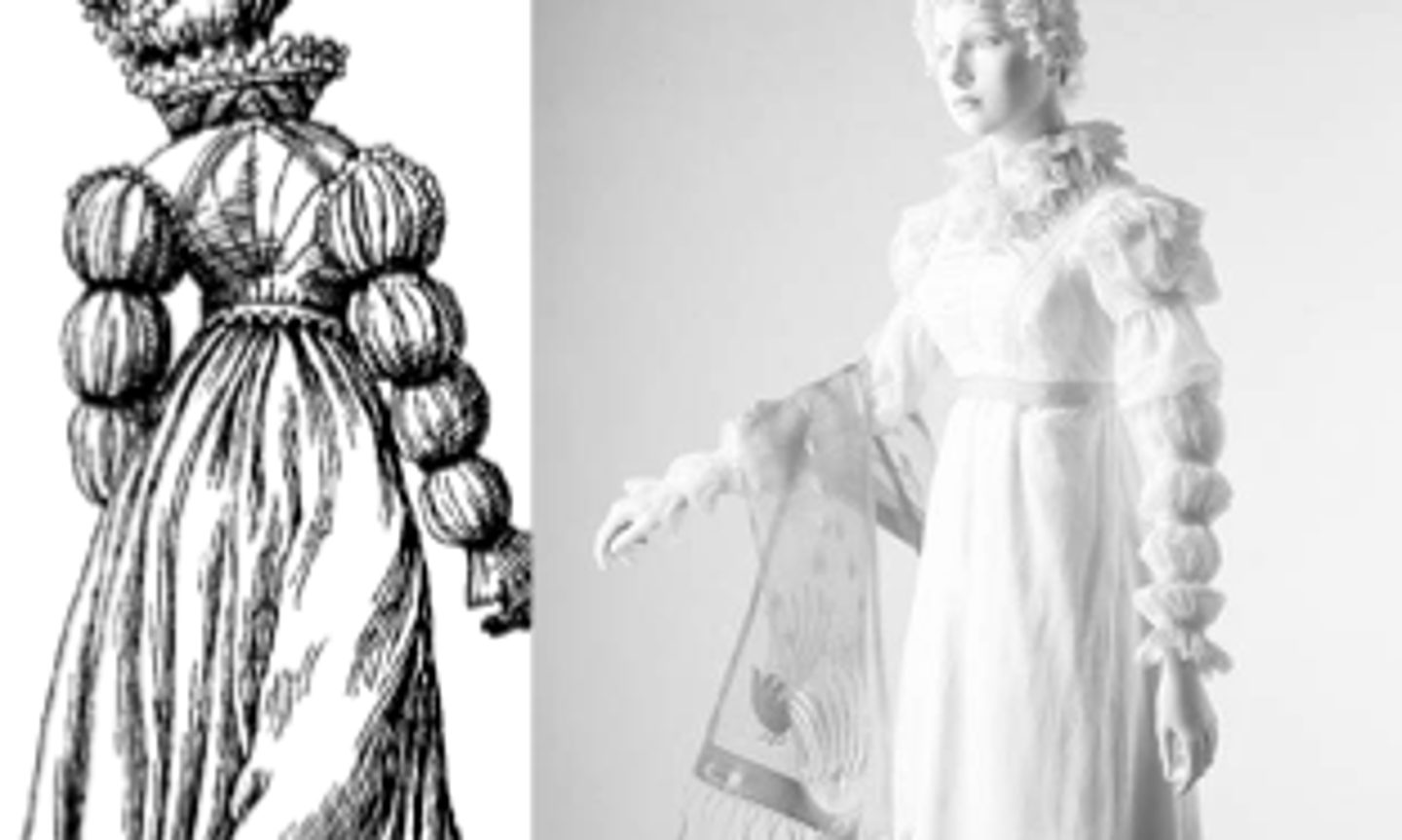
Leg-of-Mutton Sleeve
puffy from the shoulder to the elbow, tapered off at the wrist

Gigot Sleeve
layered
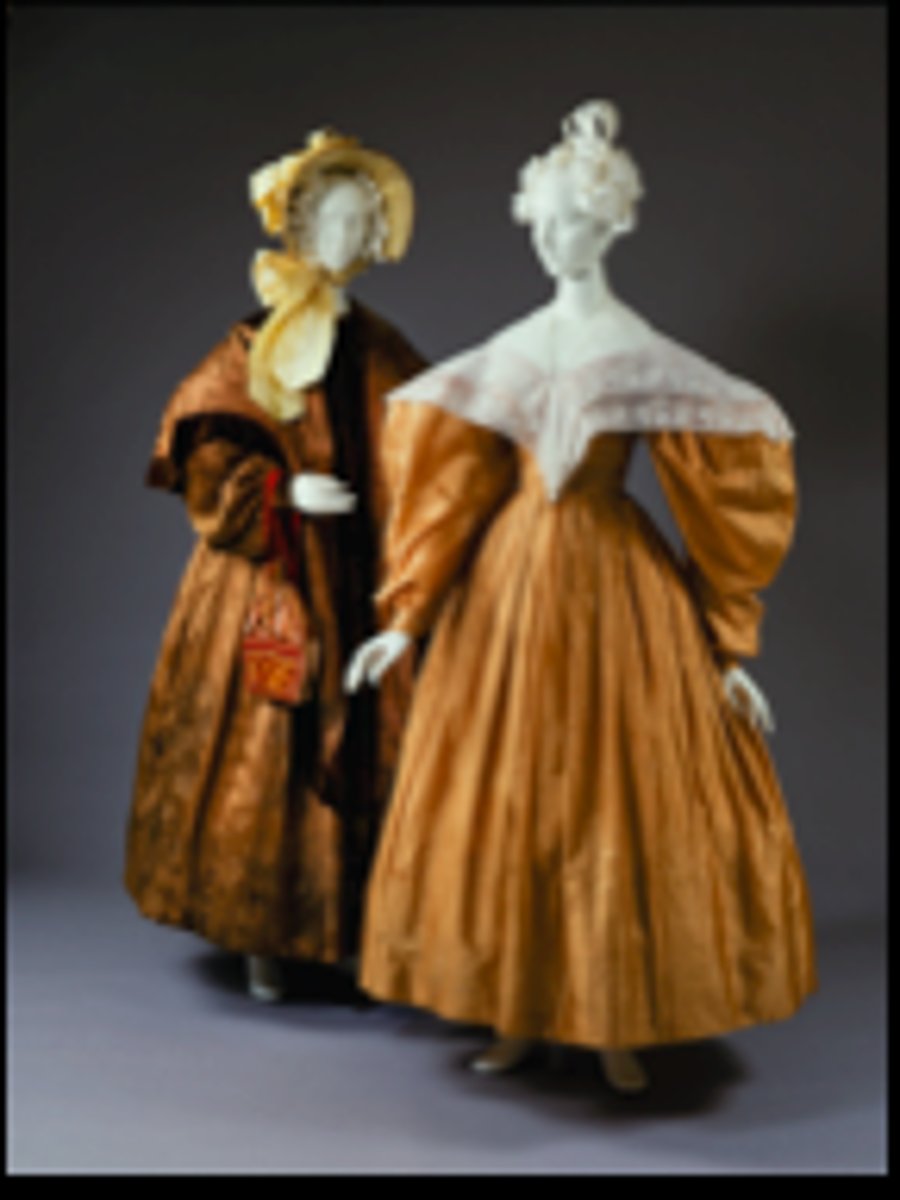
Bishop Sleeve
full sleeve

Imbecile or Idiot Sleeves
really puffy, got its name from strait jackets, tight on one side - made it hard for women to move arms
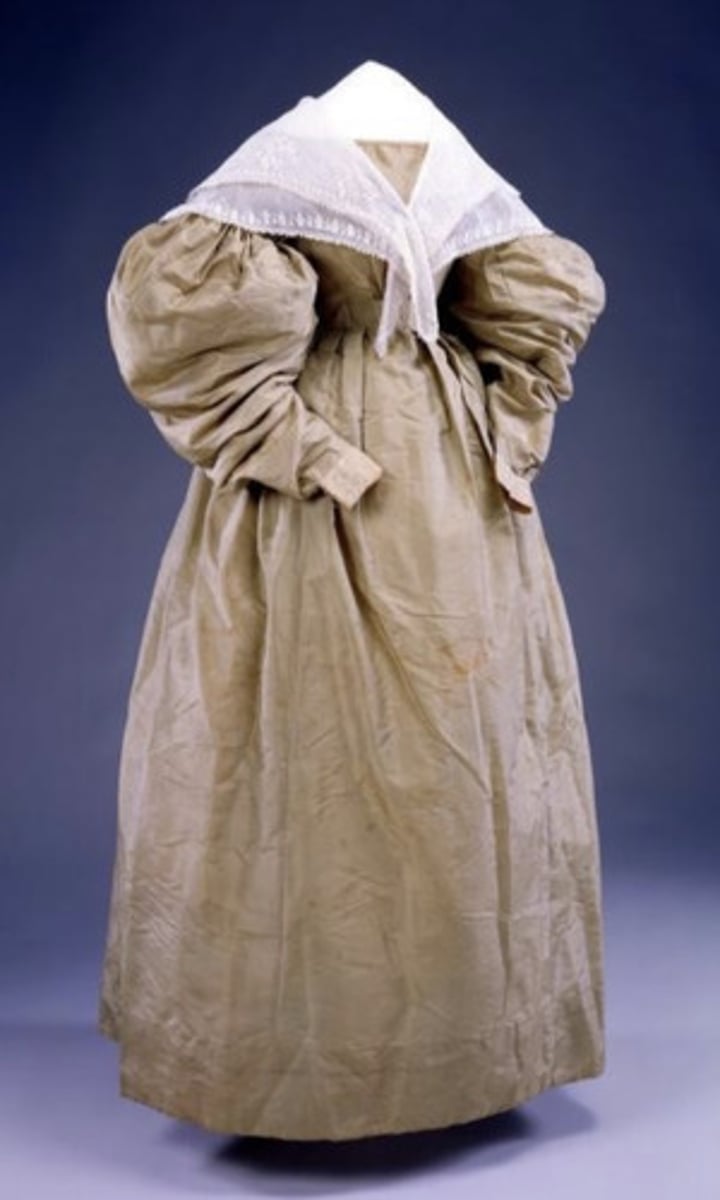
Victoria Sleeve
named for Queen Victoria, fitted from the shoulder to mid upper arm then bloused out then was tight from forearm to the wrist

New Sleeve
1840s, fitted to the elbow, wide opening from elbow to the wrist
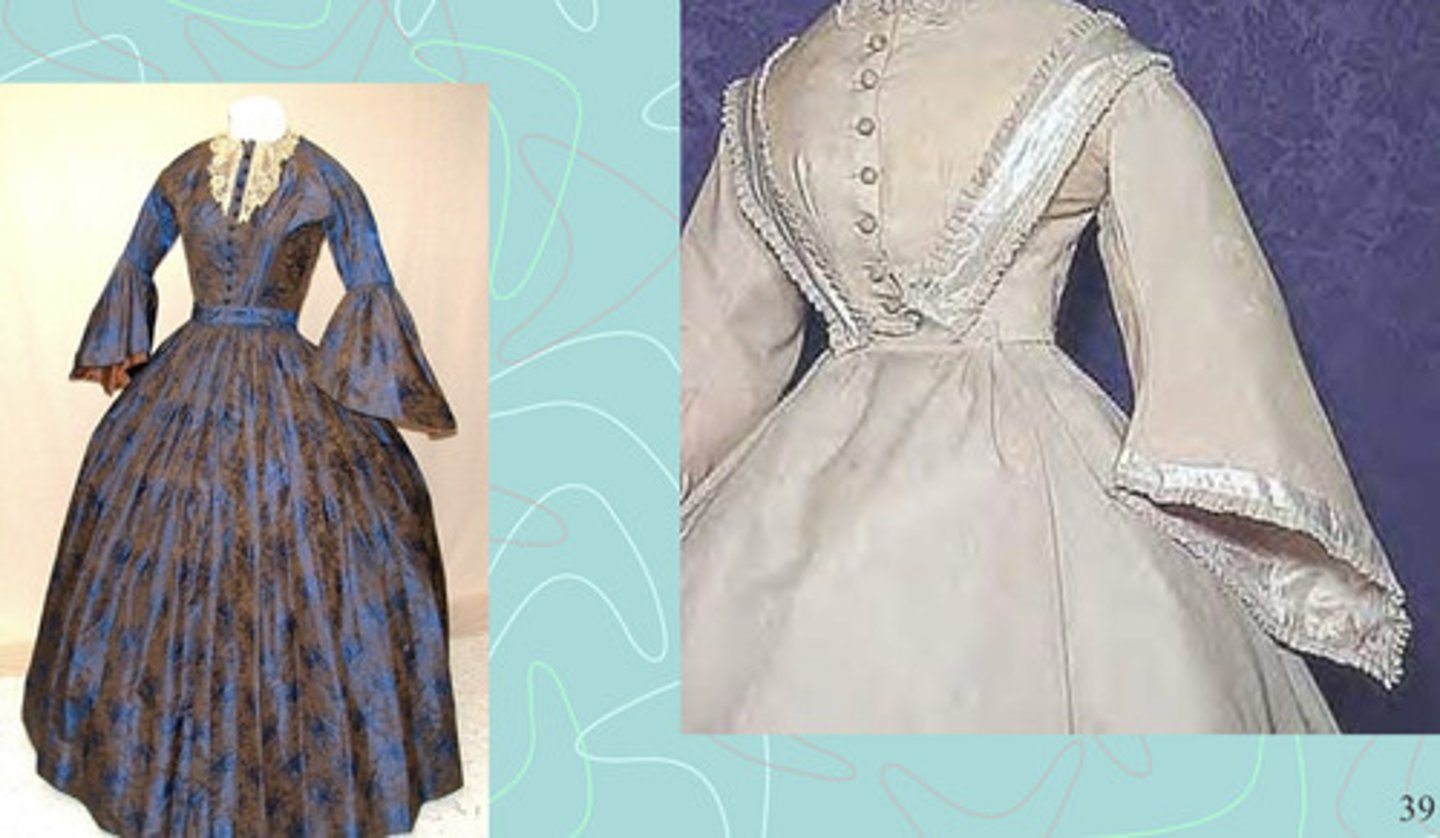
Undersleeves
made of white lace or embroidered linen, sewn into the sleeve separately and could be removed for laundering

Pelerine
wide cape like collar, seam connecting the collar to the seam in the sleeve
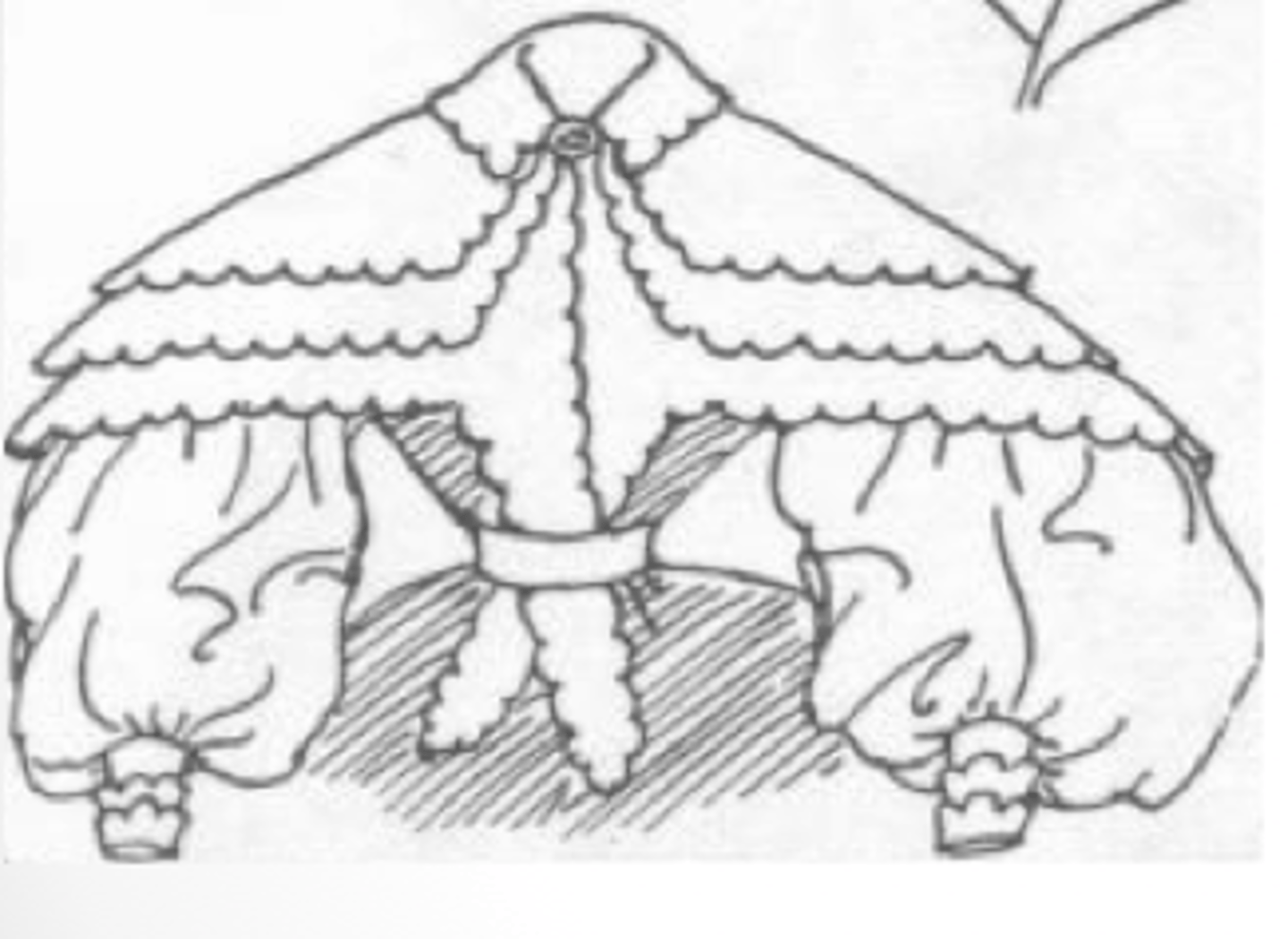
Canezou
small sleeveless spencer worn over a bodice

Romantic period - Modern
Inspiration for wedding gown of Princess Diana of Britain
Hats - Romantic Period
Bonnet
Bavolet (also meant to cover a women's neck)
Hair - Romantic Period
Parted in the center
Curls around the face
Braids or ringlets
Pulled at the back
Hairstyle a la Chinoise
Chinese style
Curls around the face at the sides
Pulled up in the back and looped on the top of the head

Jewelry - Romantic period
Brooches
Drop earrings
Long chains (longer your chain the higher status you had)
Chatelaine
ornamented belt worn around the wait, could have many things attached that a women might carry
Cartoonist liked to ridicule this latest fashion for women
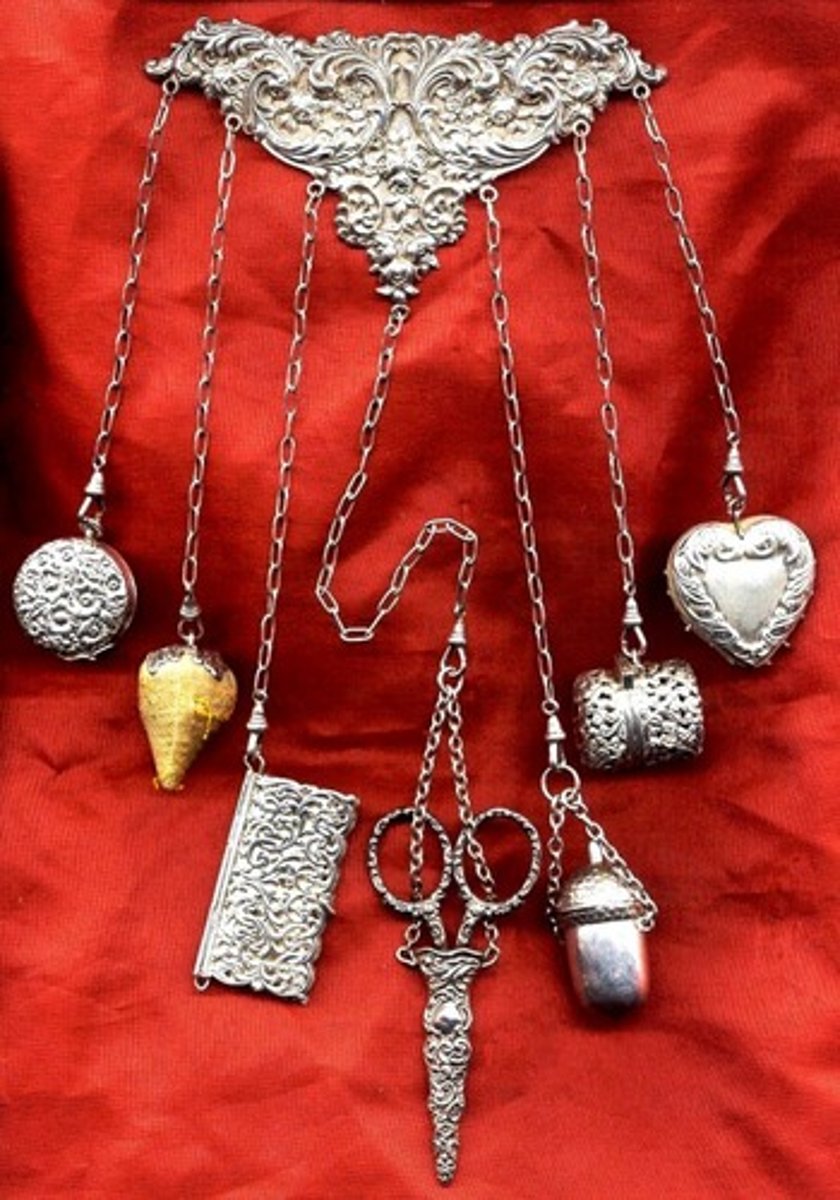
Clothing - men Romantic period
Very few changes
Long pants were universally worn except for sports when knee breeches were worn
Shirts and collars:
- Shirts were cut with deep collars that folded over a cravat or neck cloth in various colors
Waistcoats:
- Colorful, sometimes plaid
- Short like a modern vest
Cutaway coats
Long pants
- For more formal wear
- Strap around the foot to hold them down
Banyans
Newmarket coats
single breasted, buttons to the front, drapes away on either side of the bodice
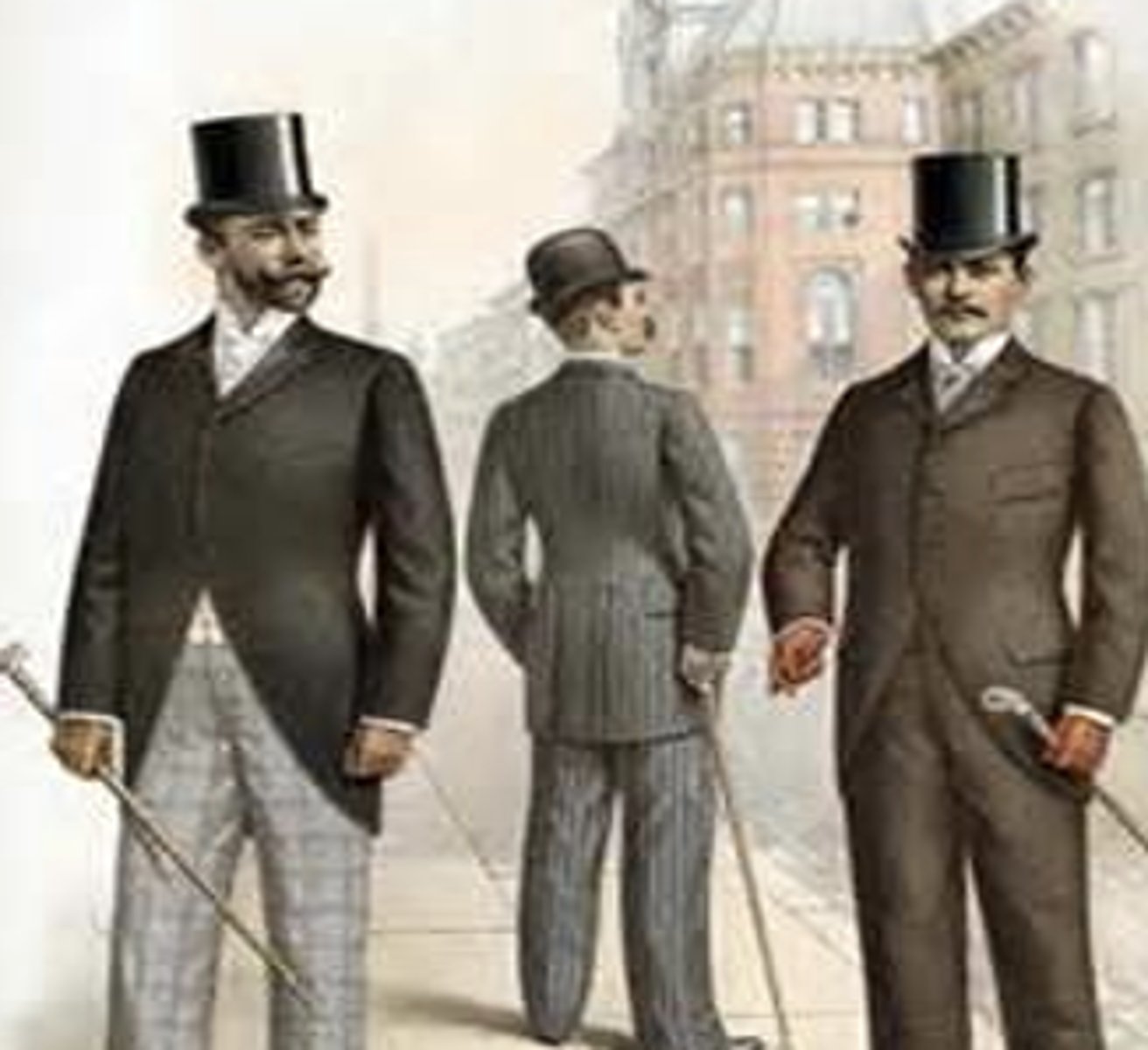
Men Hats - Romantic Period
Top hats, derby hat, and bowler hats were worn
Shoes Men - Romantic Period
Square heels
Laces up the front
Spats
Boots for riding
Clothing - Girls Romantic period
Children's clothing was like adults
Girl's dresses were shorter
Both boys and girls wore ankle high boots
Crinoline Era, 1850 - 1870
Queen Victoria reigned from 1837 until 1901
"Victorian" era signified traditional roles for women (wife, mother, homemaker)
Was an era of "prim and proper" for women and men alike
Considered the fashion center during Crinoline period
France
Charles Worth
(an Englishman) created the House of Worth
He was the first couturier
House of Worth
Clients came to him
Known for showing designs on live models
Put a label in his designs
Used lots of draping, details like fringe/lace, flounces/tiers
Marie Worth considered first fashion model
Princess Eugenie's Tiara
Pearl
Background - United States Crinoline
NY Times first published on September 18, 1851
Military garments led to mass production
1st Transcontinental Railroad - 1869, traveling clothes
Sports: participation of women in sports, women participated in gymnastics and adopted "bloomers"
Mauve
Invention of coal tar dye made it possible to achieve a wide variety of bright colors in garments
- William Henry Perkin
Amelia Bloomer
Lived in Upstate New York
Cousin who traveled to Turkey returned to NY wearing blooming Turkish trousers with a knee length tunic over it
Amelia adopted this look, and a lot of women in the women's suffrage movement
Rejected by a lot of people and groups, never adopted in southern US and men didn't like it
Women's Dress Crinoline
Biggest change in women's dress was the reinvention of hoops or crinolines under very large skirts
This eliminated the need for many petticoats as they wore in the Romantic Period
Staircases were constructed very wide to accommodate the very wide skirts
Doorways were also made larger to accommodate the hoop skirts of the women
French doors
Clothing - Women Crinoline
Corsets - worn over the undergarments
Hoops or crinolines - a series of either whalebone or steel (after 1857) hoops were sewn onto tapes or into a fabric skirt (Cage crinolines)
The shape of the crinoline changed as the silhouette changed with fullness moving toward the back
1870 - move to bustle, detailing moved to the back of women's gowns, petticoats got wider
The shoulder seams were dropped lower down the sleeve
Plaids and stripes of silk taffeta were popular
Dresses could use as much as 20 yards of fabric
Barege
Made of silk and wool, sheer light-weight crisp fabric used for women's petticoats, skirts, or dresses
Manufactured in Barege Valley, France
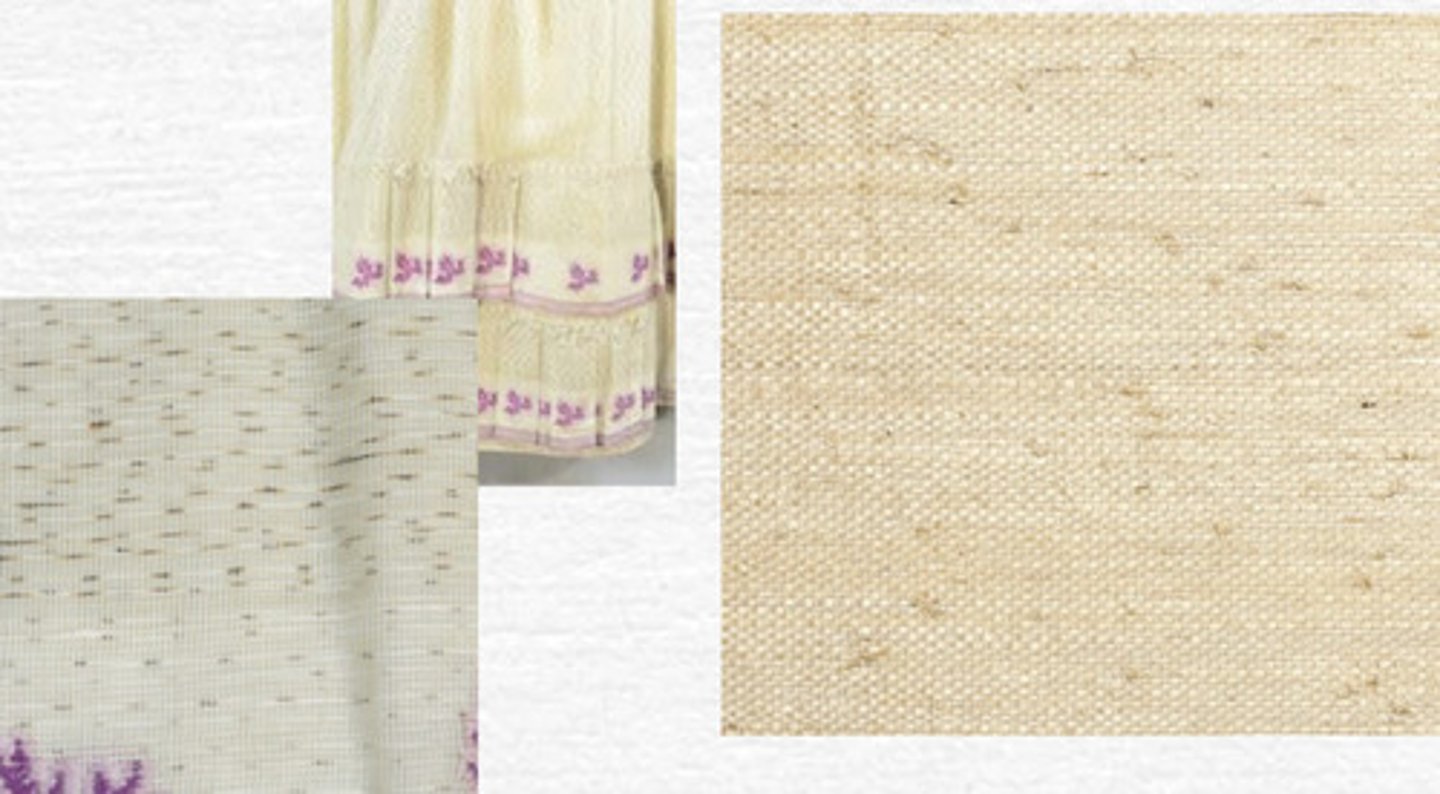
Evening dresses Crinlone
were made of elegant fabrics, had more decoration such as ruffles and bows, shorter sleeves (off the shoulder)
Princess Dress
Long, gored sections from the shoulder to the hem with no waistline seam.
Pagoda Sleeve
narrow at shoulder and expanding to a wide opening at the wrist
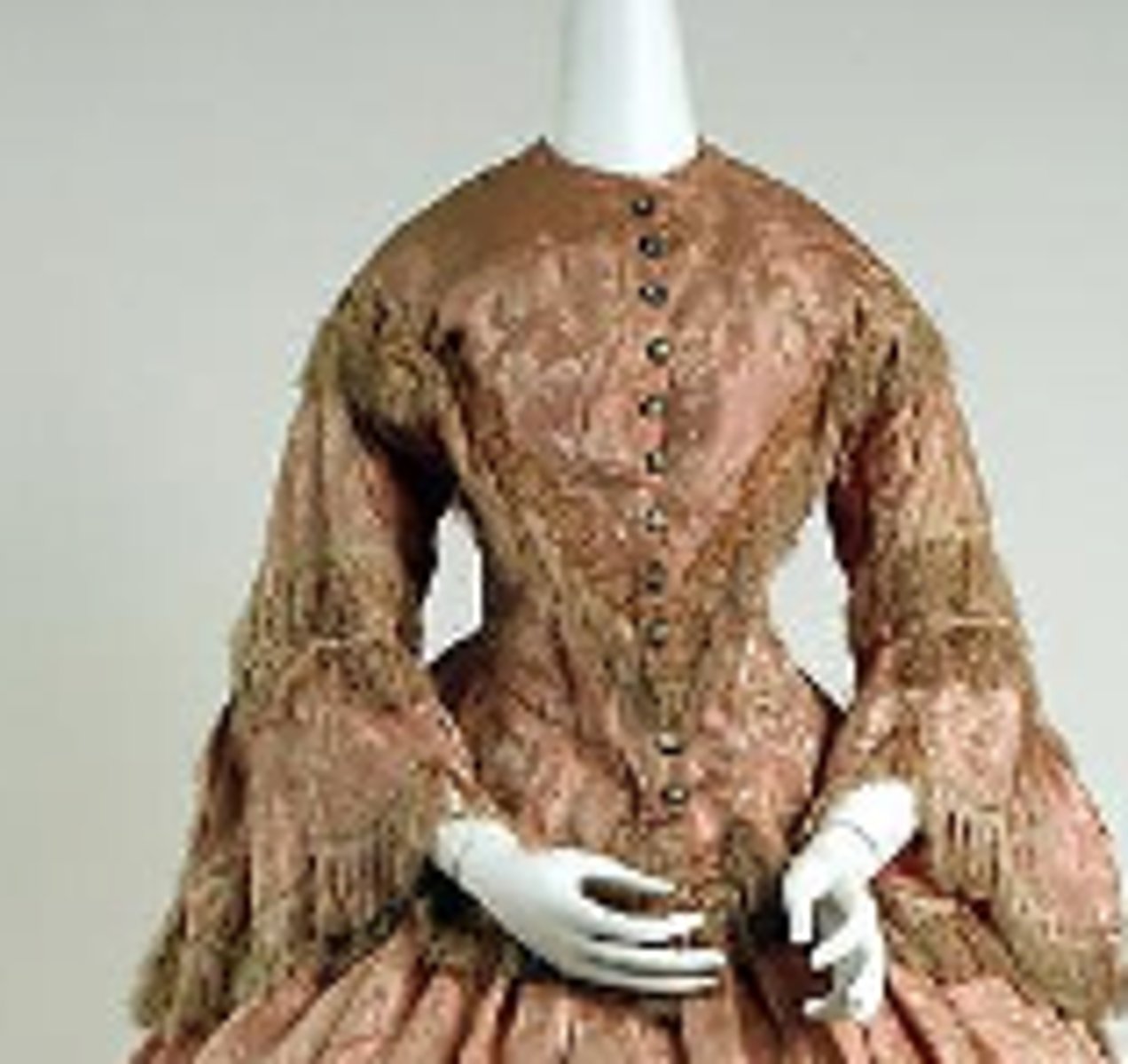
Garibaldi blouses
Separate blouses worn with skirts
Full sleeves
Red was a favorite color
Named for an Italian folk hero and favorite blouse of Empress Eugenie
Military men wore red blouses
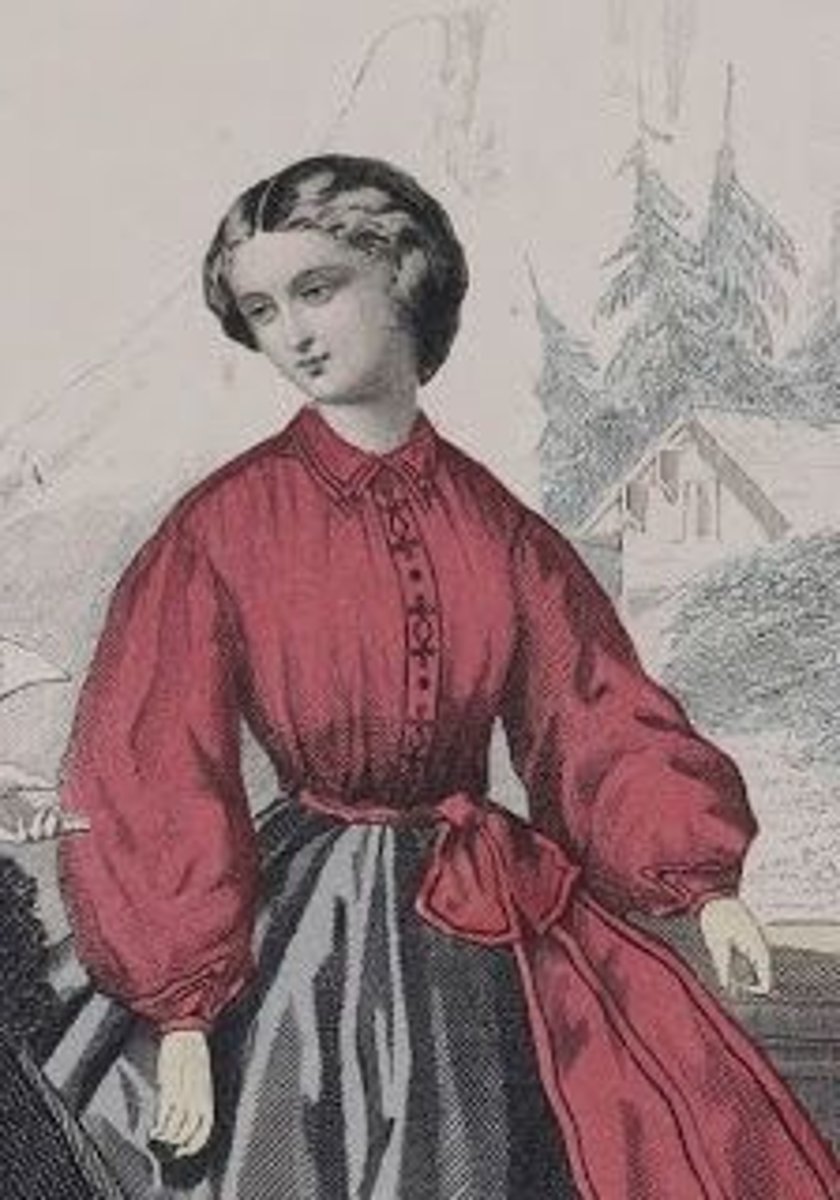
Zouave Jacket
A short, collarless jacket trimmed with braid and often worn with a garibaldi blouse
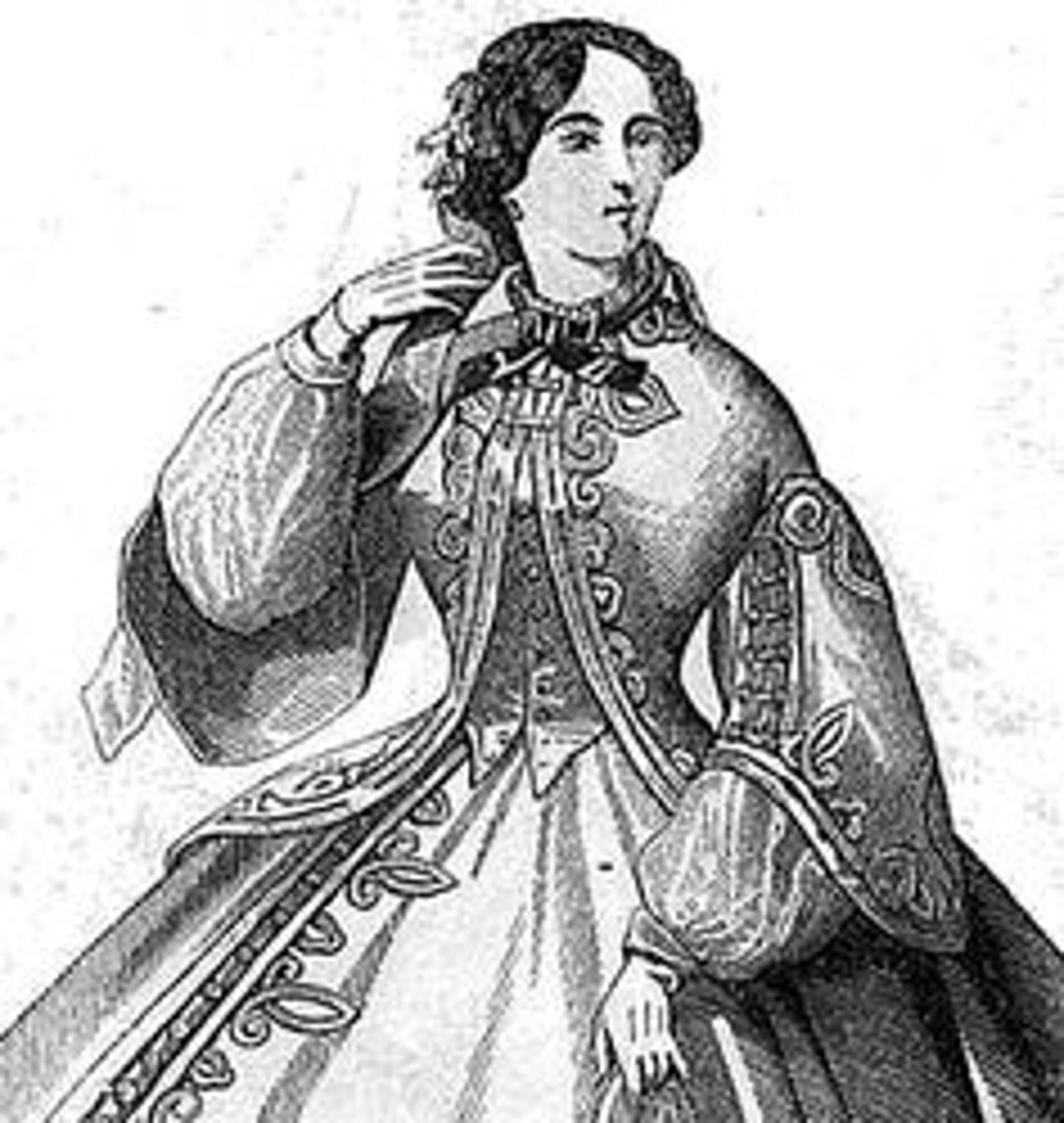
Outdoor garments Crinoline
Coats with sleeves, unfitted, various lengths
Loose capes, cloaks, and shawls
Hair Crinoline
Hair was often in a chignon at the nape of the neck and covered in a snood (netting)
Hats Crinoline
Many varieties of hats and bonnets
Pork Pie hat: small straw bonnet turned up
Poke Bonnet
Riding hats: similar to top hats
Accessories Crinoline
Gloves: lace or crocheted; long or short
Parasols: used to keep sun off, same fabric as dress or complimentary fabric
Fans: to cool themselves or use as decoration
Small lace collars: worn on the dresses and could be removed
Muffs: worn to keep the hands warm, sometimes made of fur
Shoes Crinoline
Boots with heels that laced or buttoned in the front
Spats over the top
Clothing for children in Crinoline
Dressed as miniature adults
Girls' ankle length dresses
Plaid very common
Clothing - Men Crinoline
Mass production of military uniforms
Bow ties
Men wore a "suit of clothes" which consisted of trousers, a vest, and a jacket sometimes all in the same fabric
Top hats/bowler or derby hats
Windsor tie - Windsor knot named for the duke of Windsor
Dundreary whiskers
porkchop sideburns, may or may not be worn with mustache of goatee
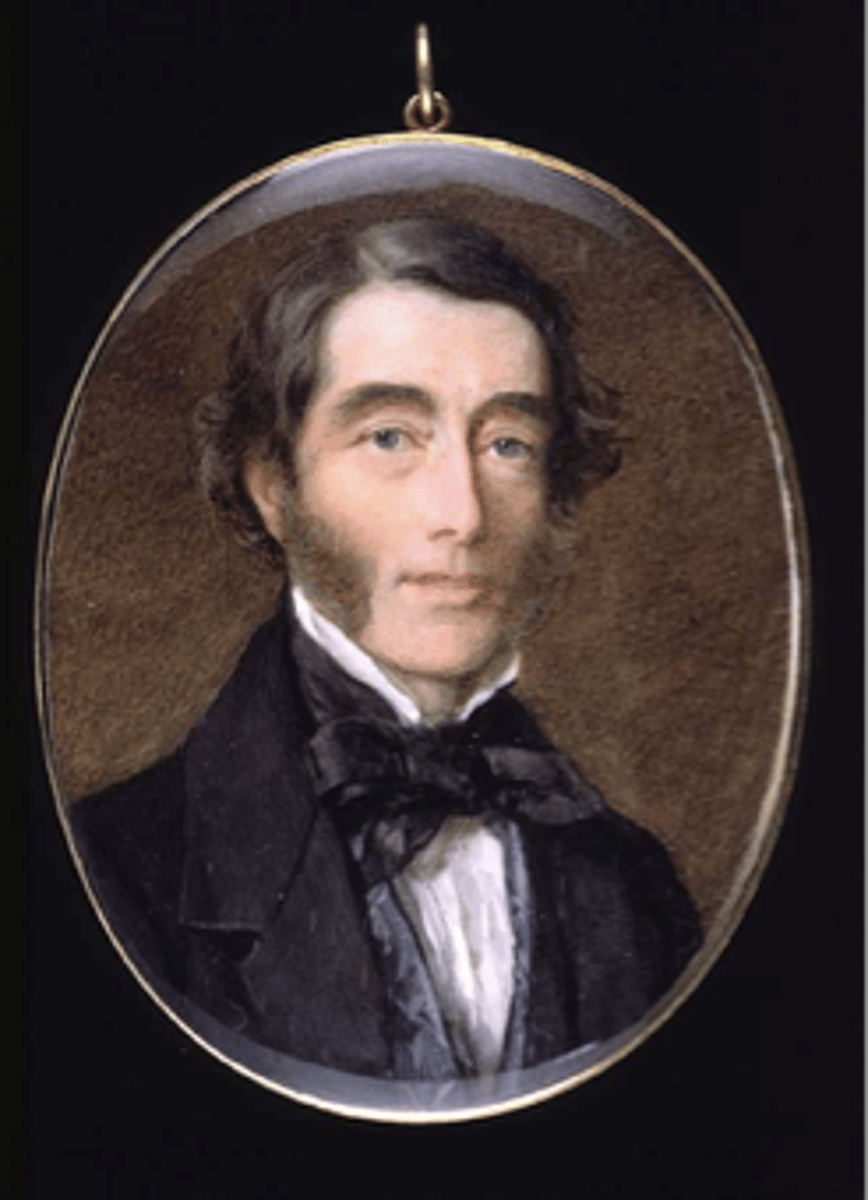
Handlebar mustache
curled up on each side
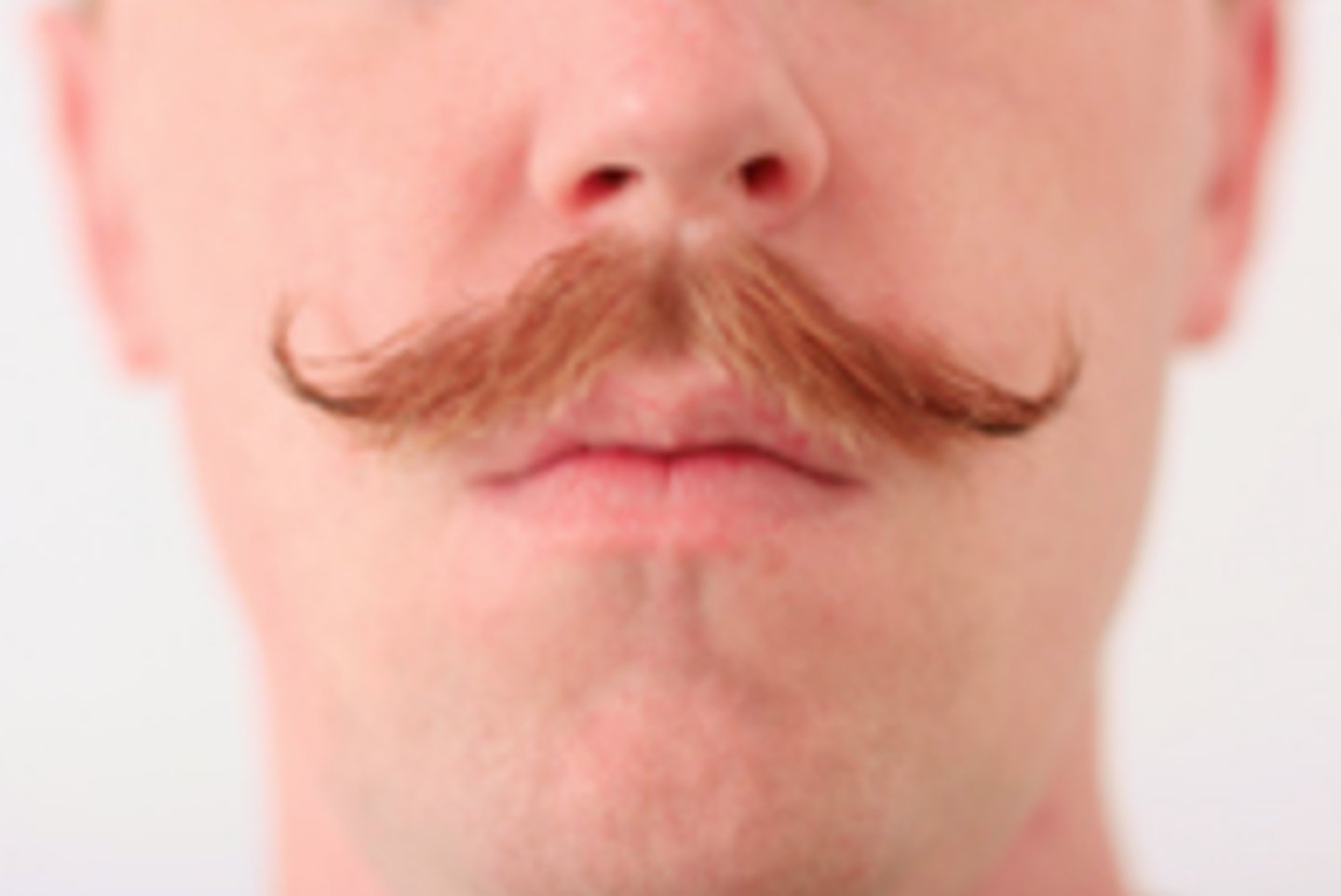
The Bustle Period
England
Queen Victoria still reigned
Still an era of decency and high moral standards
France
Much more free and liberal in England
Gave the name to the "Gay 90's" as unrestrained, happy.
United States
1873: Chester Greenwood invented earmuffs
First Thanksgiving Football game:
- Yale vs. Princeton
Skullcaps
Wool sweaters
Flannel Trousers
Stockings
There were more women in the workforce, and they wore plainer, more practical clothing
Both men and women were participating in more sports
1873 Levi Strauss and Jacob Davis
Levi Strauss received patent, sell to miners, got with tailor named Jacob Davis and they patented copper rivets at stress points, patent is long expired
Originally called waist overalls
Theophilus Van Kannel
Invented and patented revolving doors in 1888, hated opening doors for women (his wife)
Manufactured and installed first in Philadelphia
P&G
Ivory - could be used for clothes and skin, formula hasn't changed
When women started riding bicycles, men "freaked out"
Bicycle face, can affect a women's face, gave them a certain independence (Could go places)
Fashion and Textiles Bustle Period
There were department stores selling ready-to-wear garments
Catalogs
Among the first Department stores in the United States
Marshall Fields - Chicago
R.H. Macy & Co. - New York
John Wannamaker & Sons - Philadelphia
1863, Ebenezer Butterick
a tailor, patented tissue paper patterns in specific sizes, 25-75 cents
The Delineator - women's fashion magazine that included a free pattern with subscription
Mary Cobb opened America's first nail salon called Mrs. Cobb's Manicure Parler
Several branches
Patented Emery board in 1884
Rober Chesebrough was a chemist in oil industry
First factory in 1870
Patent in 1872
Vaseline: German - Wasser (Water) + Greek - elaion (Olive Oil)
Lipstick: 1883 World's Fair in Paris
Originally made from berries
Deer tallow, castor oil, beeswax
"Saucisse"
Expensive
Undergarments women Bustle period
Combinations were worn instead of separate pantaloons and camisoles
Corsets were shaped to achieve a full bust line, narrow waist and smooth round hip curve
The Changing Silhouette
1890s doctors injected paraffin wax to enlarge women's breasts, resulting in infections and lumps, so within 20 years the practice was discredited and discontinued
1895, Vencenz Czerny, German surgeon reconstructs a woman's breast by transplanting fat from her hips
"Dress Improver"
also known as bustle
By 1868 the bustle replaced the crinoline
It sometimes extended out 16" in the back
Flat in the front
Clothing - Women Bustle period
Tea Gowns
Women wore dark colors for daywear
Pastel colors were worn in the evening
Stripes were still popular especially for silk dresses
Tea Gowns
Were worn without corsets
Looser fit, softer lines
Worn at home and with ladies
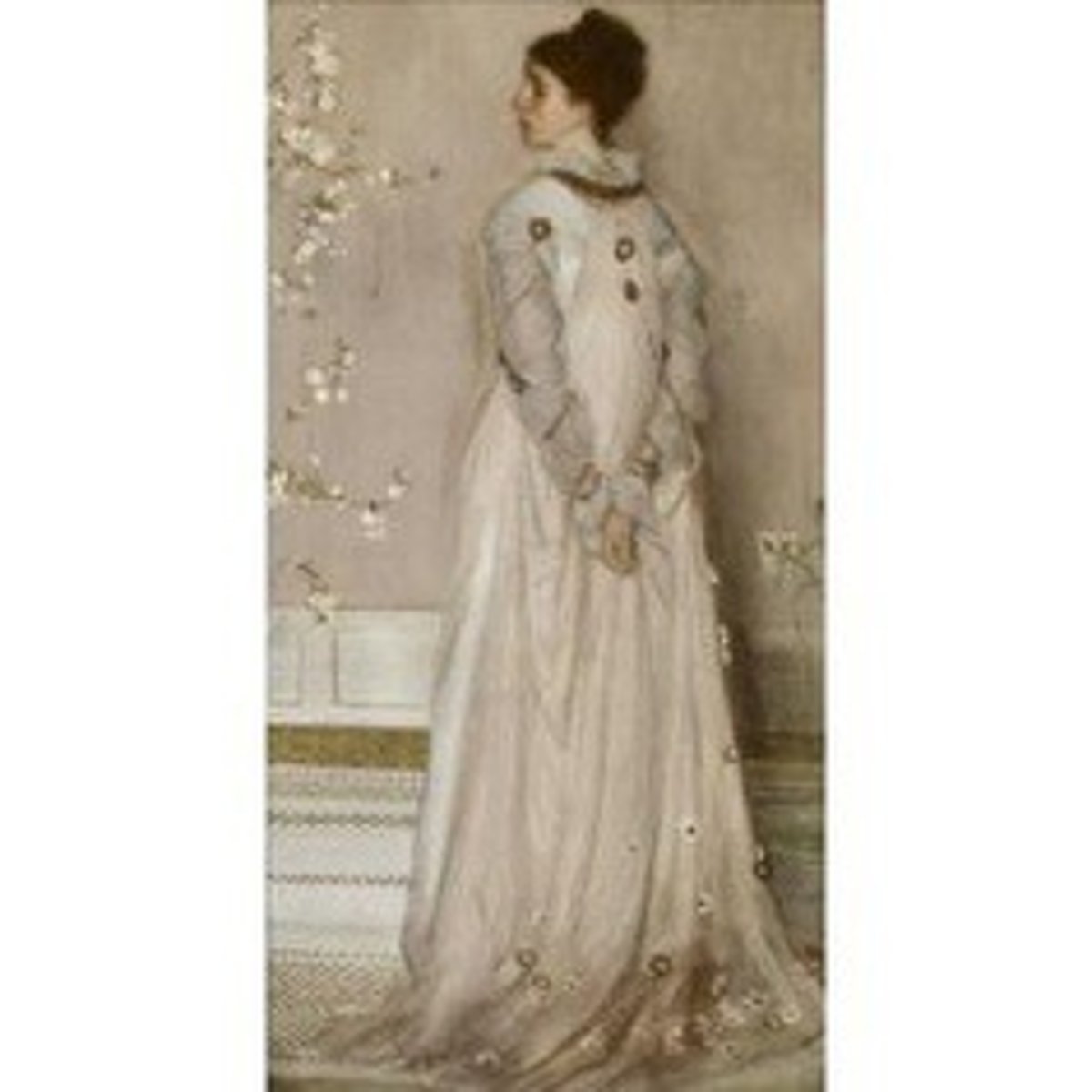
Mourning Dresses
During this period it was proper to wear black for mourning
After Prince Albert died, Queen Victoria wore balck for the rest of her life
Dresses (1870-78)
Full skirts with fitted bodices
Lowered waistline
Fabric pulled up and draped over the back in various ways
Middle (1878-1883)
A very narrow, princess line sheath dress (fish tail)
Tight-fitting to a few inches above the ankles
Women used an ankle chain to take very small steps
Many dresses had trains
The sheath dress was more popular with a V-shaped bodice
The fullness has shifted down the skirt
Late (1884-1890)
Back fullness returned
Rigid, shelf-like bustles extend at the upper part of the back of the dress
Trains disappear on dresses
Electric Lady Liberty
Charles Worth was commissioned in 1883 by Alice Vanderbilt to design a dress that she could wear to her family's ball
Dress was gold, bright velvet and she held up a battery-operated lit torch
Debuted this at family's ball after Thomas Edison debuted the electric lightbulb
Alice Vanderbilt wanted people to realize her family was the future of New York society
Museum of the city of New York
1890s
Bustles were gone
Skirts were long, full, and bell-shaped (morning glory skirt)
Smooth at the waist
High necklines
Leg-of-mutton sleeves
1899
Very narrow again
Smaller sleeves
Blouses and Skirts
Separate skirts and blouses were worn by the 1890s
Often worn for sports
Tailor-mades
There were matching jackets and skirts
Worn with a blouse
Start to women wearing suits similar to men
Coats - Bustle
Many varieties of long coats were worn
Some had fur trim
Capes - Bustle
Capes of various styles were worn
Some matched the fabric of the dress and others were different fabric
Shoes - Bustle
Heels - bows or buckles
Laced-up or buttoned boots
Square toes changed to round toes later in the century
Made of leather or cloth
First use of patent leather
Hats - Bustle
Small in size
No or little brim
Trimmed with lace, feathersm and ribbons
Top hat were worn for horseback riding
The Skimmer hat
The Skimmer hat
Made of straw with ribbon trim
Weekend hat
Hair - Bustle
Pulled off the neck
May have little curls around the face
Gibson Girl hairdo was popular in the late 1890s
Pulled up into a loose chignon on top of the head
"Ferrari" of Hairbrushes
Mason Pearson
Made by hand
Expensive
Accessories - Bustle
Parasols
Gloves - long and buttoned
Fans
Small bouquets of flowers (violets)
Clothing - Men Bustle
Shirts - white linen or cotton with high stiff collars
May have pintucks down the front
Waistcoats:
Short and made of elegant fabric
Or, made of the same fabric as the trousers and the jacket
"Suit of clothes"
Trousers:
Straight and narrow
Sometimes made of checks or plaids
Suspenders worn to hold them up
Later included creases down the front
Men Jacket - Bustle
Sack coat - had no waistline seam
Looser than the frock coats worn earlier
Lounge Jacket/Smoking Jacket
King Edward VII - popularized as daywear
October 10, 1886, Tuxedo Park, NY - debuted as formal wear
Overcoats Men - Bustle
Chesterfield - an overcoat with a velvet collar
Inverness cape - a cape with two layers (Sherlock Holmes)
Hats - Bustle
The Deerstalker Hat (Sherlock Holmes made it famous)
Fedora - a low, soft hat with a dent in the top
Top Hat
Clothing younger men - Bustle
Older male children wore short pants (or knickers)
School-aged boys wore knee-length knickers and long socks
Older boys changed to long pants, and this was a sign of maturity